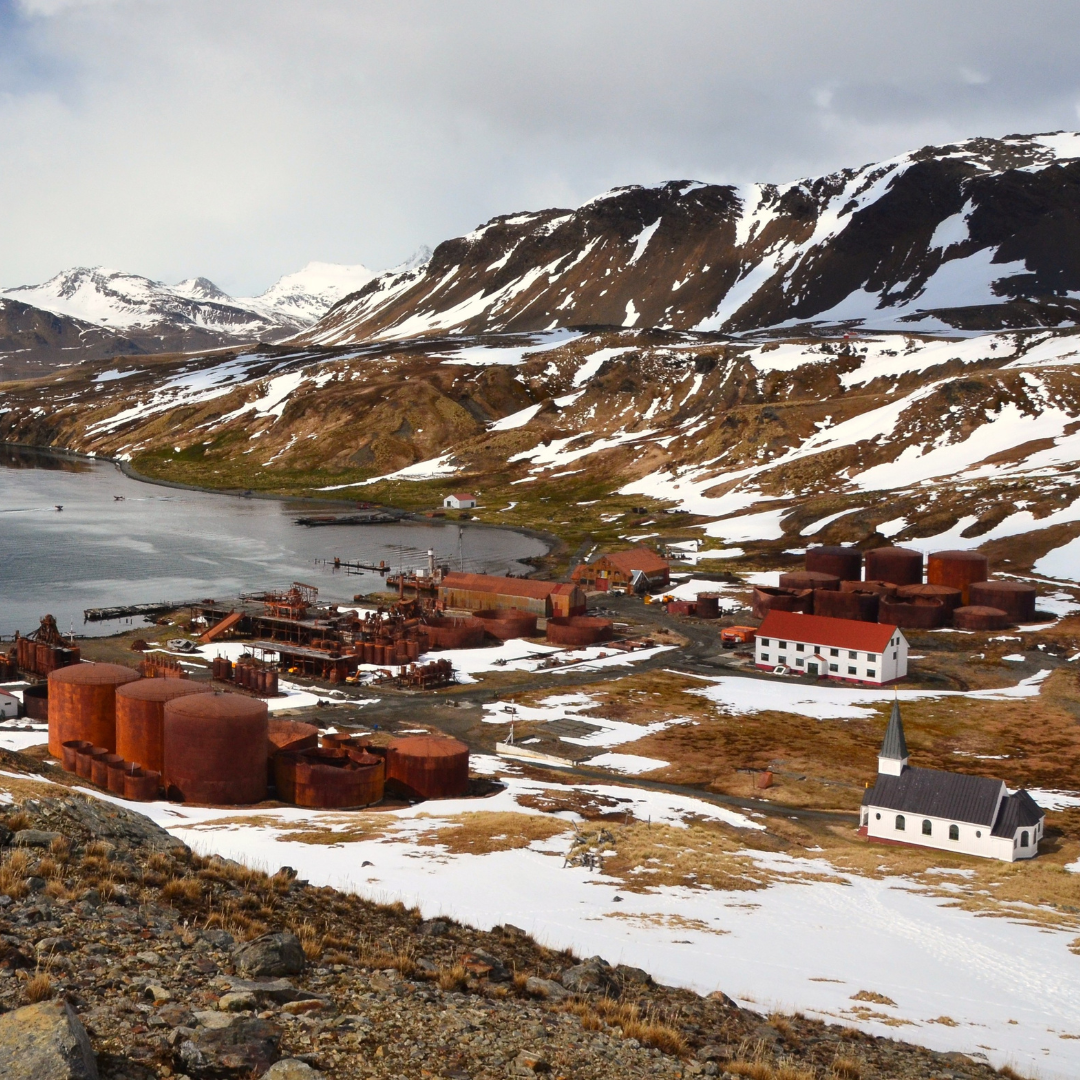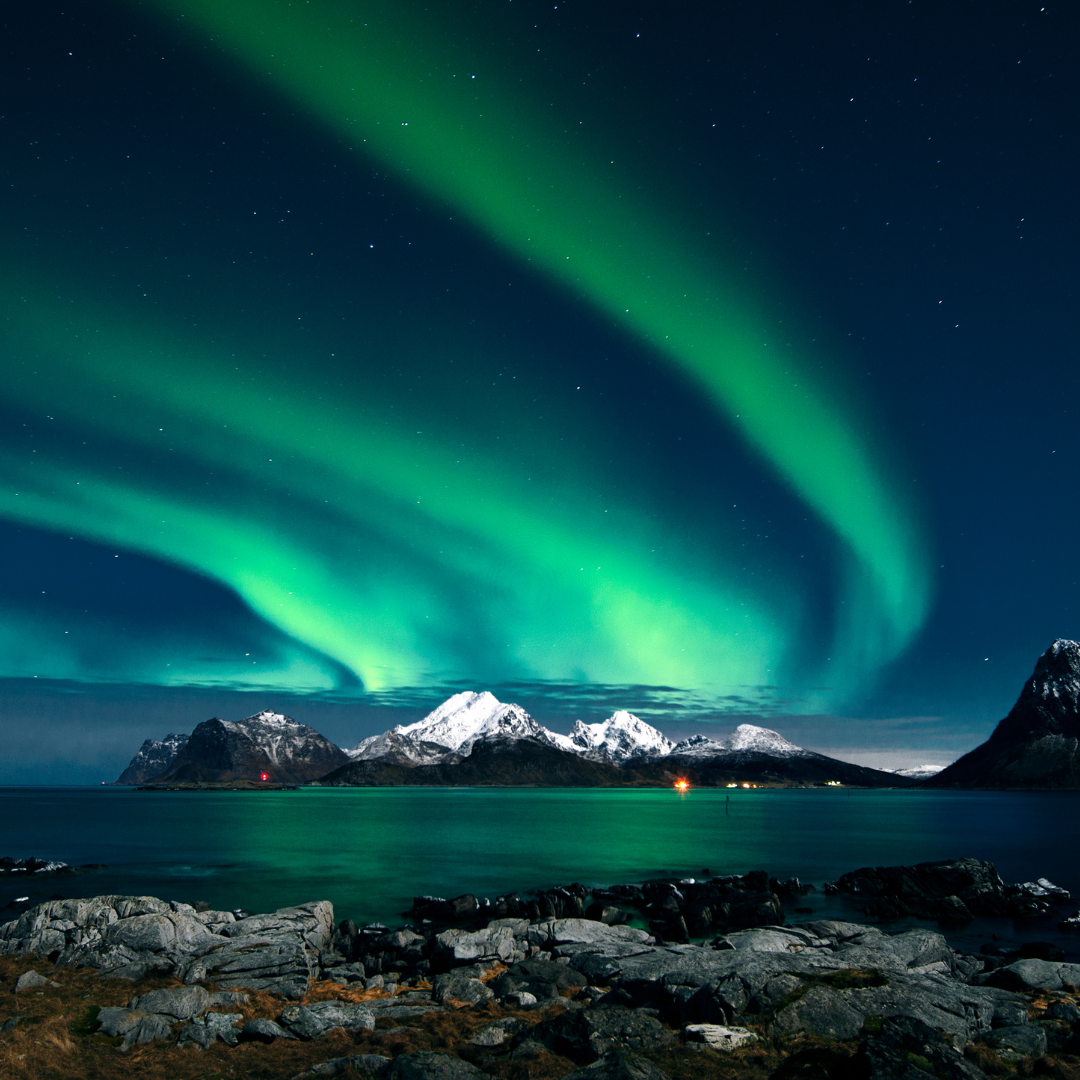Nestled on the remote island of South Georgia in the Southern Atlantic Ocean, Grytviken stands as a testament to the island’s intriguing past. Once a thriving whaling station, Grytviken now serves as an evocative reminder of a bygone era. Explore the history and heritage of this unique destination as we delve into the story of Grytviken, South Georgia’s historic whaling station.
A Whaling Legacy:
During the early 20th century, Grytviken was one of the most prominent whaling stations in the Southern Hemisphere. Established by Norwegian captain Carl Anton Larsen in 1904, the station played a significant role in the lucrative whaling industry. The site was strategically chosen due to its sheltered harbor and proximity to the rich waters teeming with marine life.
Whaling Operations:
Grytviken’s whaling activities were centered around hunting abundant species such as humpback whales, fin whales, and blue whales. The station became a hub for processing the captured whales, extracting their valuable blubber and oil. Whaling ships would bring the slaughtered mammals to Grytviken to be processed, contributing to a booming industry that unfortunately exploited the rich marine resources.
Historical Significance:
Apart from its whaling activities, Grytviken also holds historical significance. It was at Grytviken that the world-renowned explorer Sir Ernest Shackleton, who led the Endurance expedition, sought refuge after his ship was lost in the Antarctic waters. Shackleton’s grave is located in Grytviken’s cemetery, serving as a tribute to his indomitable spirit and the enduring legacy of exploration.
The Whaling Museum:
Today, Grytviken is home to a small but fascinating museum that showcases the history and impact of whaling on South Georgia. The museum offers visitors a glimpse into the past, featuring exhibits on the whaling industry, its tools, machinery, and the harsh conditions faced by the workers. It provides a thought-provoking perspective on the environmental consequences of unchecked exploitation.
Wildlife Encounters:
While Grytviken’s whaling days are long gone, the site now plays host to an abundance of wildlife. Visitors have the opportunity to witness the remarkable recovery of marine life in the area, with seals and penguins now frequenting the shores. The juxtaposition of the natural beauty and historic remnants creates a unique and captivating atmosphere that immerses visitors in the island’s rich past and vibrant present.
Preservation Efforts:
In recent years, efforts have been made to preserve Grytviken’s historical and cultural significance. Conservation measures are in place to protect the remnants of the whaling station, ensuring that future generations can learn from and appreciate this important part of South Georgia’s history. These preservation efforts aim to strike a balance between education and understanding while fostering the conservation of South Georgia’s precious ecosystem.
Grytviken, South Georgia’s historic whaling station, stands as a compelling reminder of the island’s past and the impact of human activities on the environment. Through its whaling legacy, historical significance, and evolving wildlife encounters, Grytviken invites visitors to reflect on the consequences of our actions and the importance of conservation. Explore the remnants of this once-thriving industry and bear witness to the resilience of nature as it reclaims and flourishes in the wake of human intervention.




